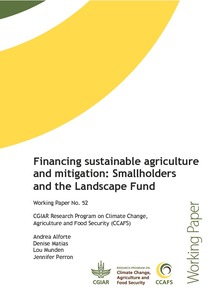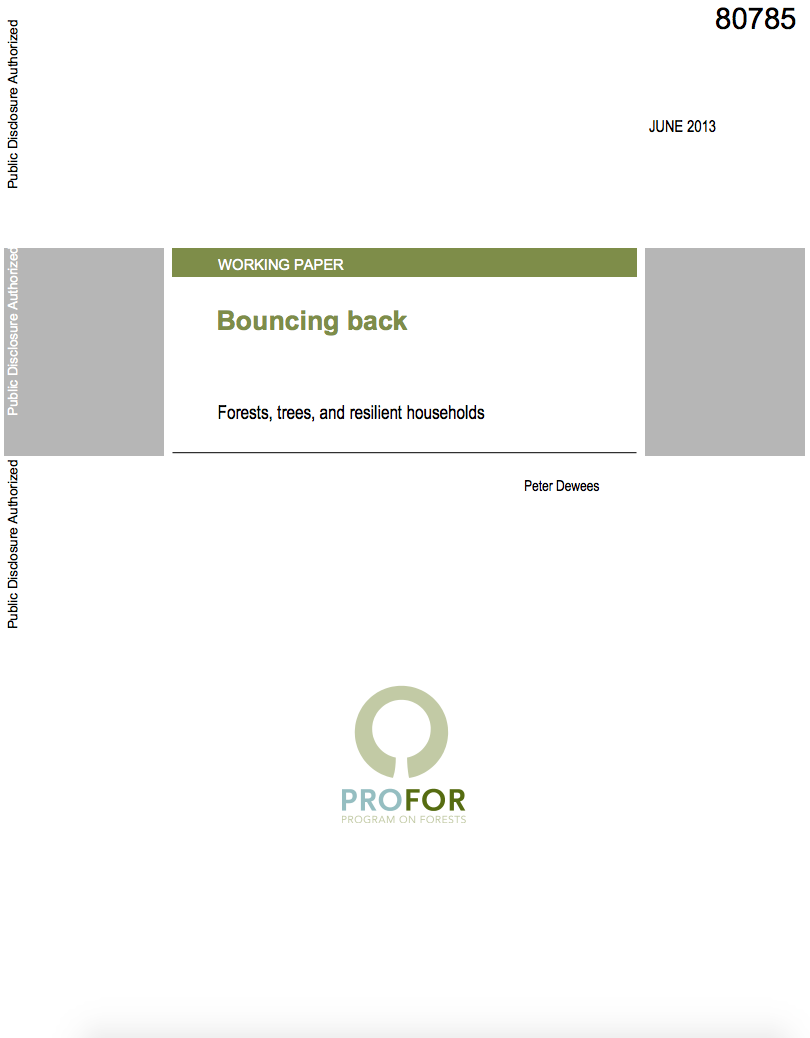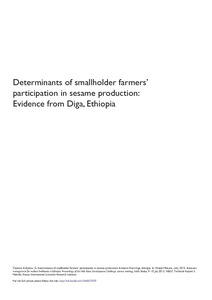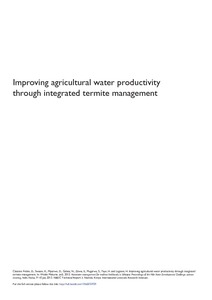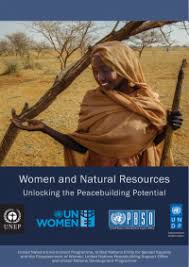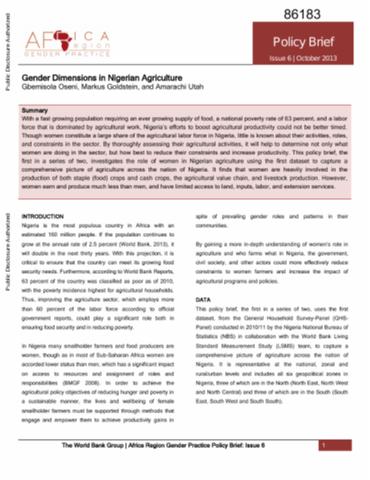Financing sustainable agriculture and mitigation
Key messages:
- Smallholder farmers and forestry producers have a crucial role to play in food security, sustainable land use and emissions reductions initiatives.
- Producers and investors alike require appropriate incentive structures to facilitate participation in sustainable land use initiatives.
- A networked financing approach—Inari—may provide an innovative response to financing sustainable land use via intelligent diversification and addressing the finance needs of smallholders.

